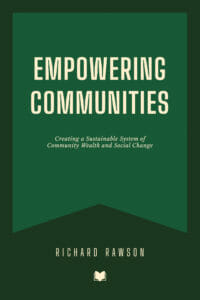Wealth Inequality
Over the past several decades, we have seen a dramatic shift away from democracy and toward oligarchy—a form of government in which power is held by a small number of wealthy elites. The oligarchy has manipulated the rules of the economy, deregulated industries, signed trade deals that favor corporations over workers, and slashed taxes on the wealthy. Our economy has become increasingly unequal and our government has become less responsive to the needs of ordinary citizens.

Wealth Inequality and the Shrinking Middle Class
Chances are that you consider yourself to be in the middle class—nearly everyone in the United States does. But, it can be tricky to define the middle class, as people’s perceptions of their social class can vary widely.

Myths of Meritocracy: The Truth Behind Wealth Inequality
The American Dream was based on the premise that America is a meritocracy, where individuals are rewarded based on their ability and effort. However, there are several problems with meritocracy in actual practice.

7 Economic Trends are Favoring Those at the Top
The economy has changed in ways that favor those at the top. Globalization, the decline of unions, changes in the tax code, deregulation, the Great Recession, and the COVID-19 pandemic have exacerbated these trends.

7 Economic Trends May Lead to Greater Wealth Inequality
As the economy changes, so do the opportunities and challenges for businesses and workers. People who can’t adapt will have a harder time succeeding than those who have more money to start with. This is sure to lead to greater inequality in the future.
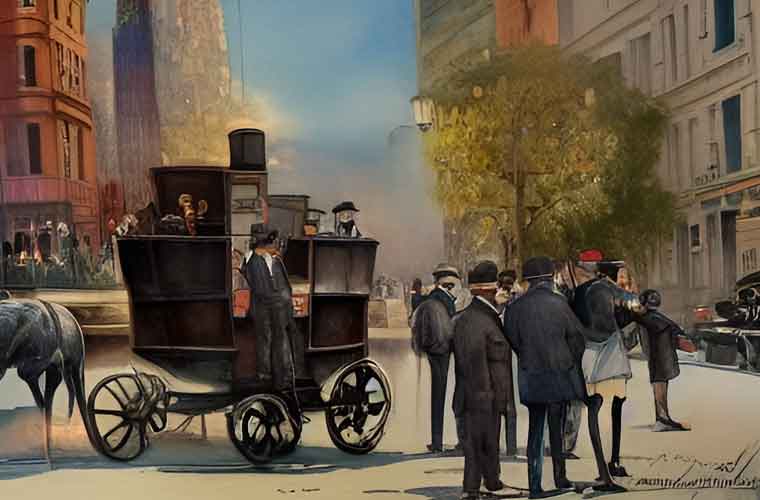
How Wealth was Won in the First Gilded Age
The Gilded Age is the name given to the period in American history between the Civil War and the turn of the twentieth century when economic growth was rapid. It was characterized by several factors, including the rise of big business, the growth of cities, and the rise of a new class of millionaires.
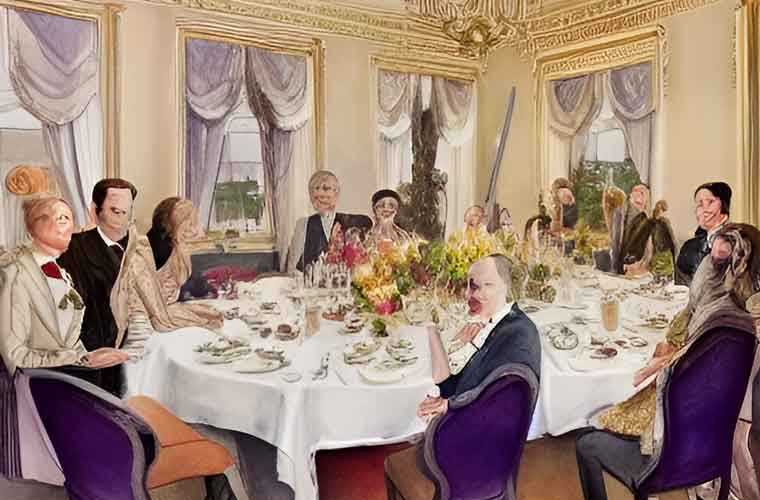
How Wealth is Being Won in the Second Gilded Age
Although there are a few differences, the parallels between the Gilded Age and the present day are striking. During this period, extreme wealth imbalances, hyper-partisanship, virulent anti-immigrant prejudice, and heightened concern about money in politics became widespread.
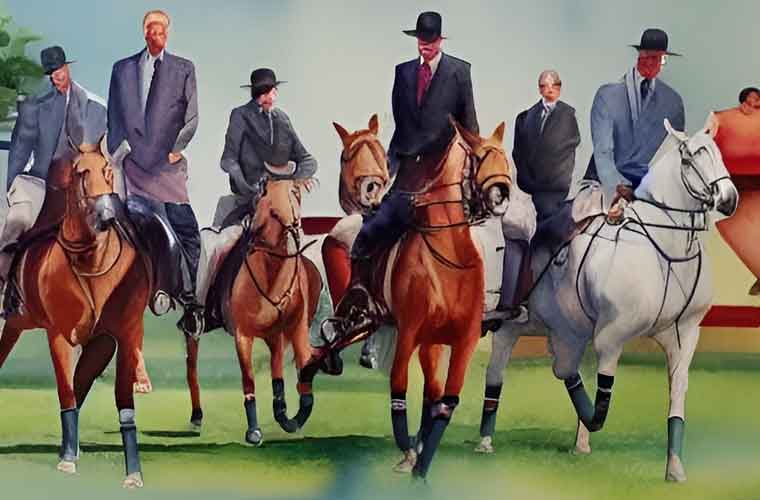
How We Measure Income and Wealth Inequality and its Downside
Income and wealth inequality in the United States is not only growing, but some believe it has reached levels not seen since the early twentieth century. Today’s level of income and wealth inequality is not sustainable and is creating a society that is increasingly divided between the haves and the have-nots.
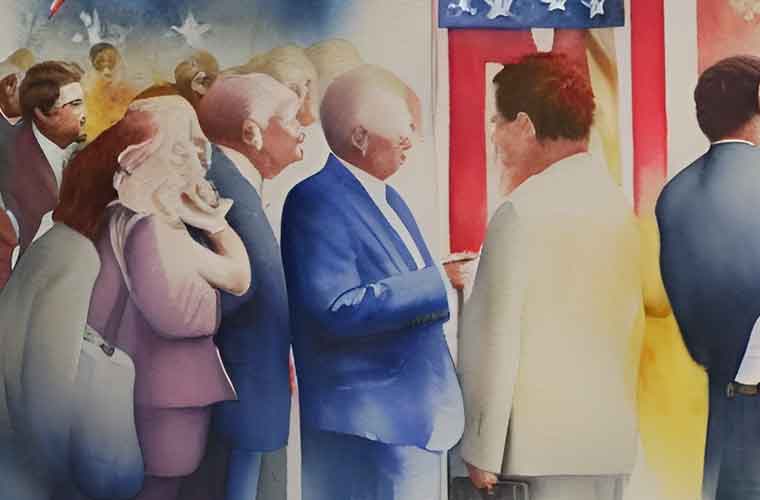
How the Ultra-Rich Maintain Power and Wealth in an Oligarchy Economy
One of the most common ways that the ultra-rich maintain their power and wealth is by rigging the rules of the oligarchy economy in their favor. This can take many forms, but some of the most common ways include political power, economic power, media control, philanthropic influence, and intergenerational transfers.

How Oligarchic Societies Harm Community Wealth Building
While oligarchic societies may have different structures, they all have one thing in common: the wealthy privileged class has a disproportionate amount of power. This power imbalance can have harmful consequences for community wealth-building efforts. To build community wealth, we need to level the playing field and create opportunities for everyone to participate.
An essential guide to empowering our communities and building equitable societies.
Empowering Communities is a roadmap for reducing wealth inequality, empowering vulnerable members of society, and building equitable communities that put people over profits. With practical advice on organizing campaigns and initiatives around economic justice, readers can learn how to make a meaningful difference in their own communities.
Order your copy today! Or, read for free with Kindle Unlimited to also enjoy access to over 3 million more titles!
